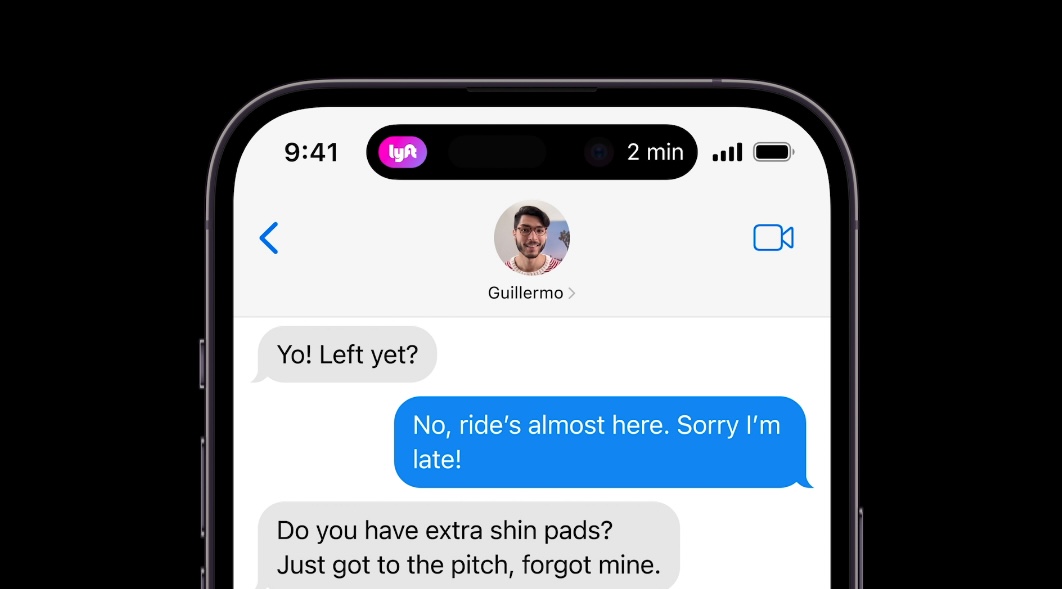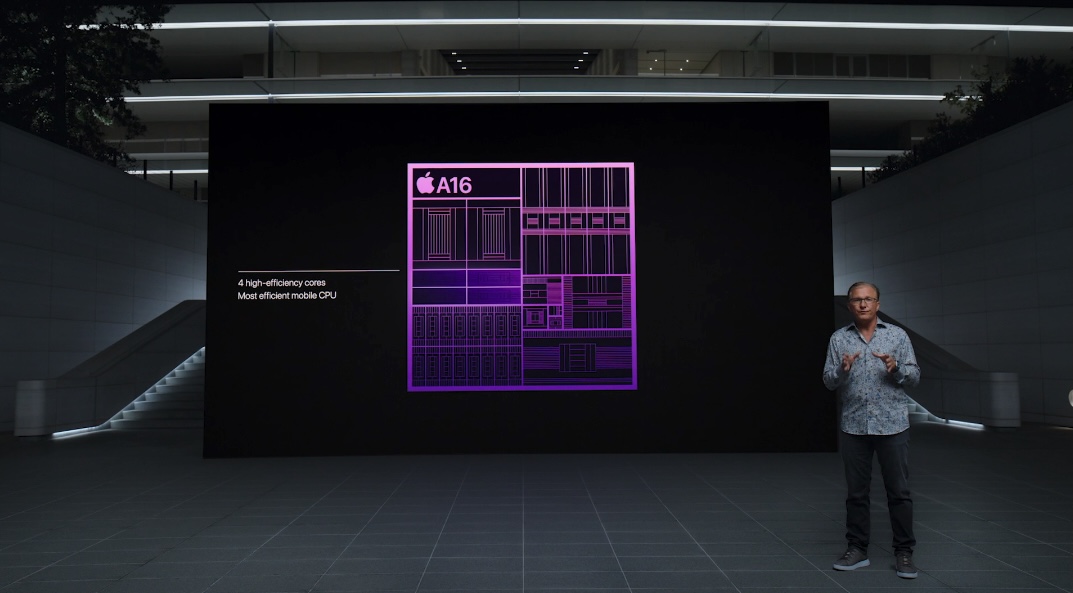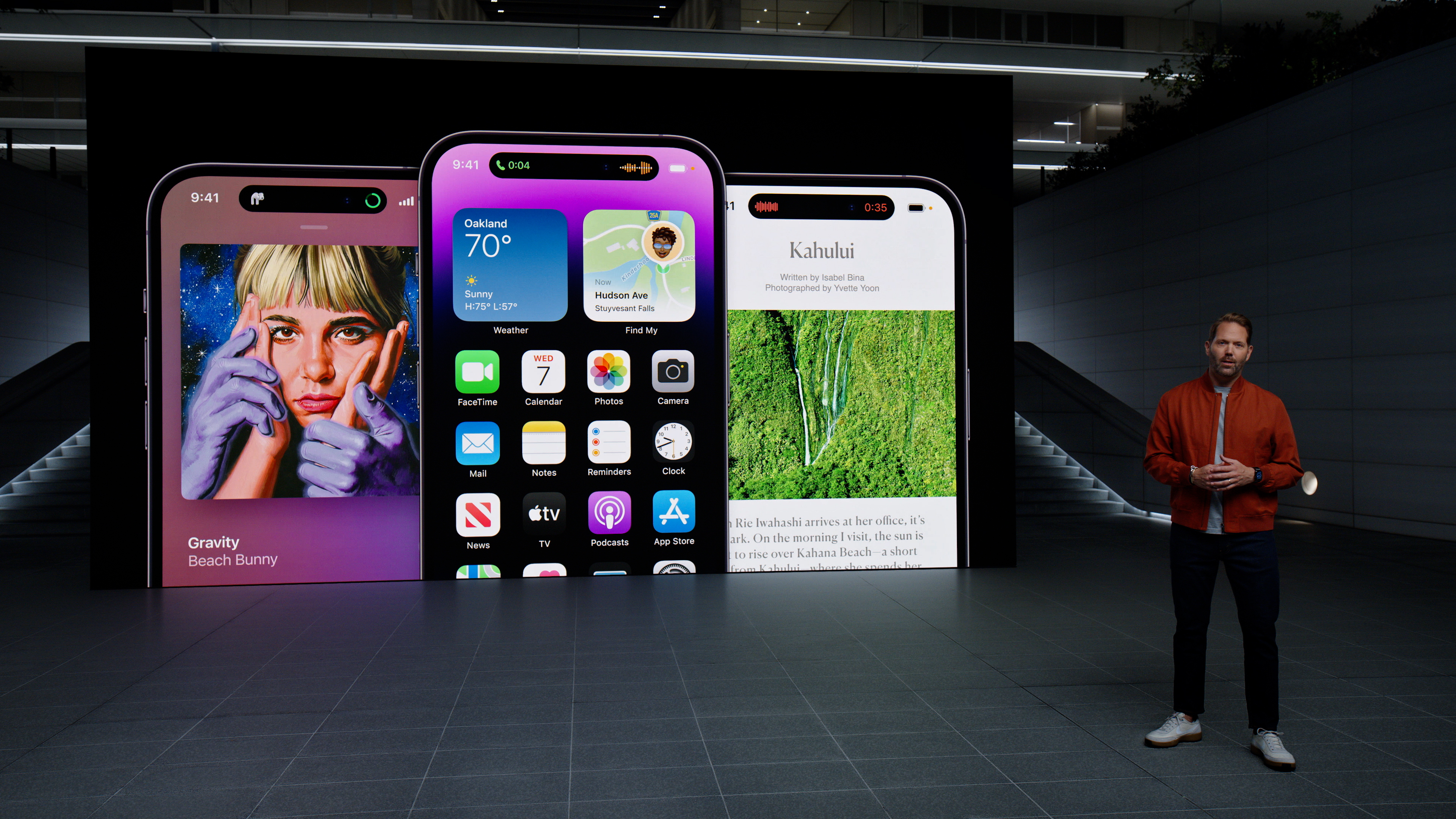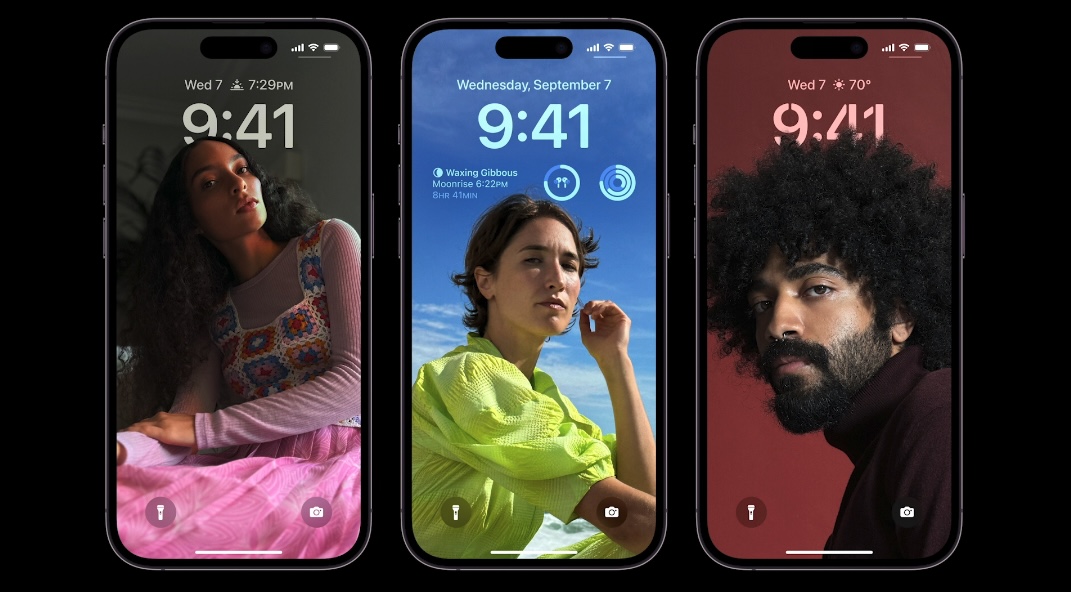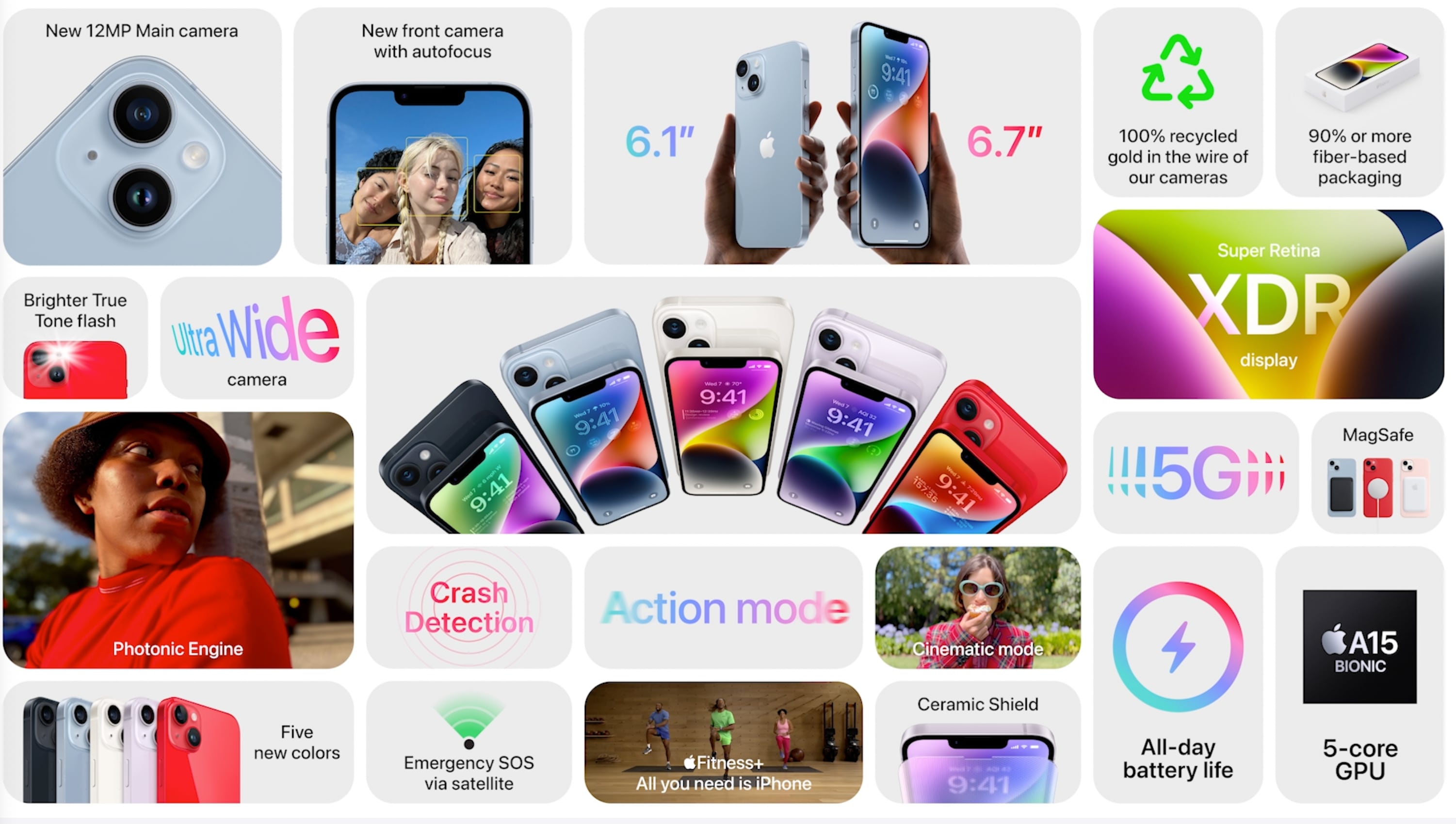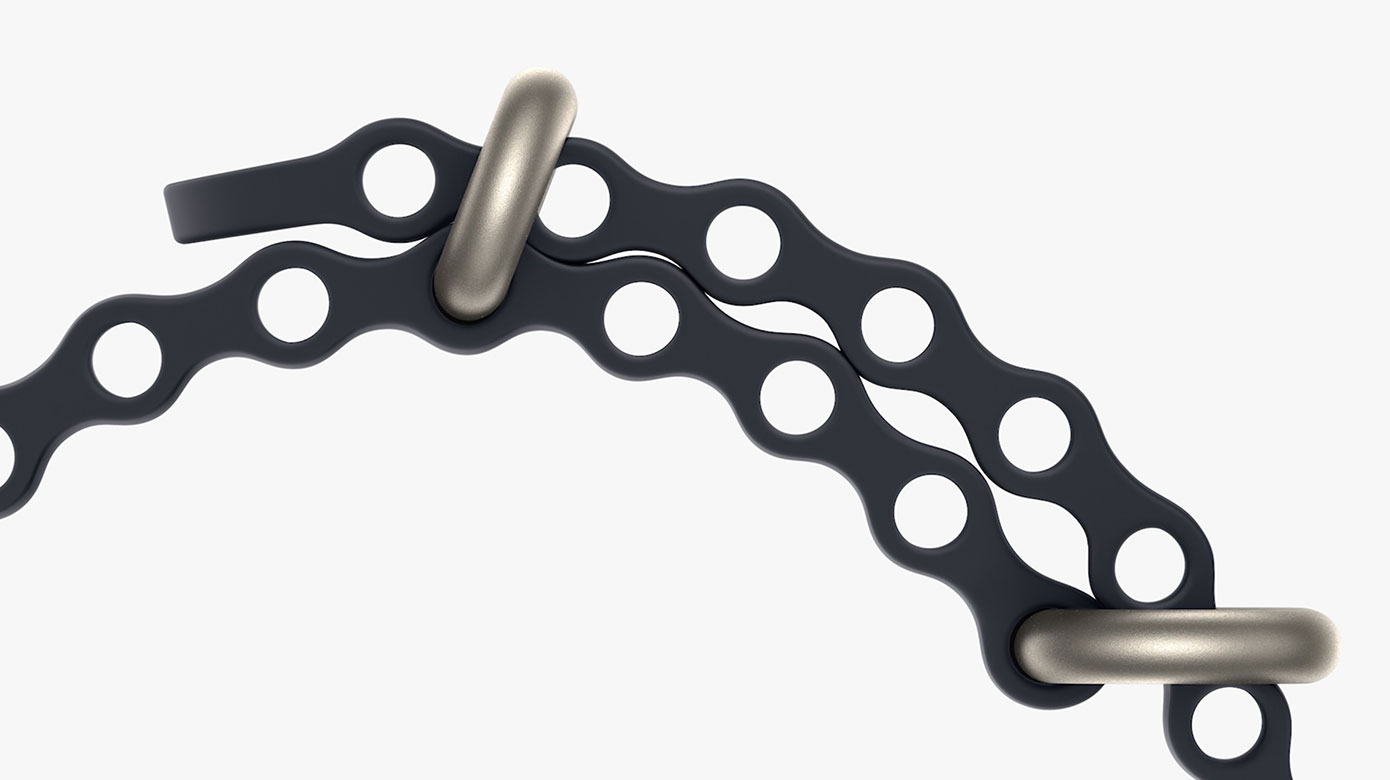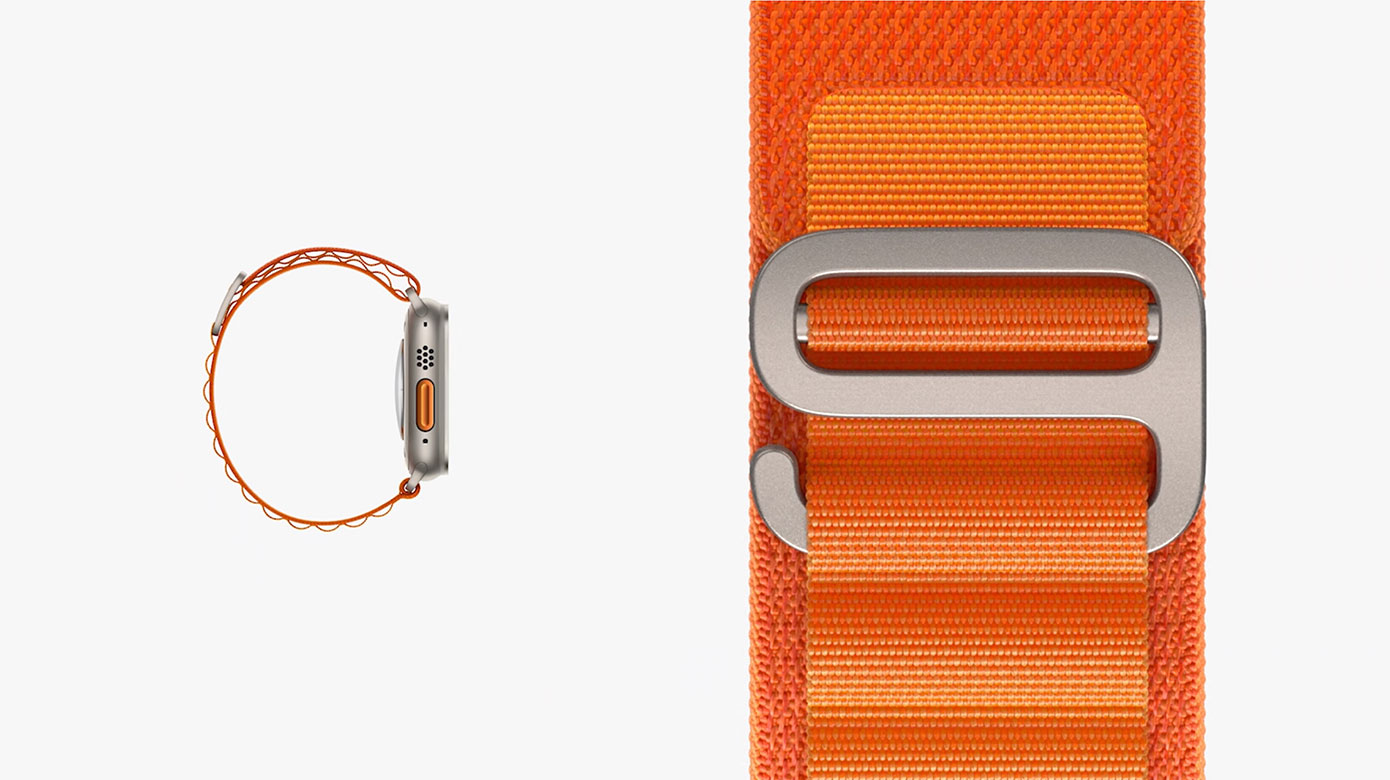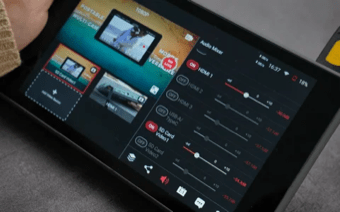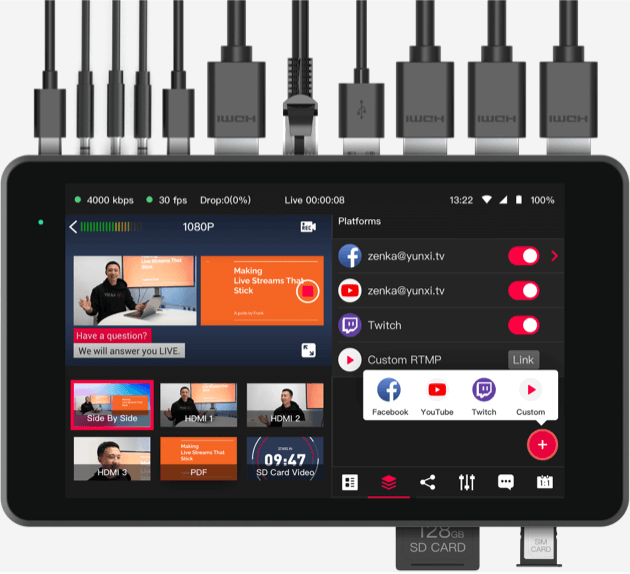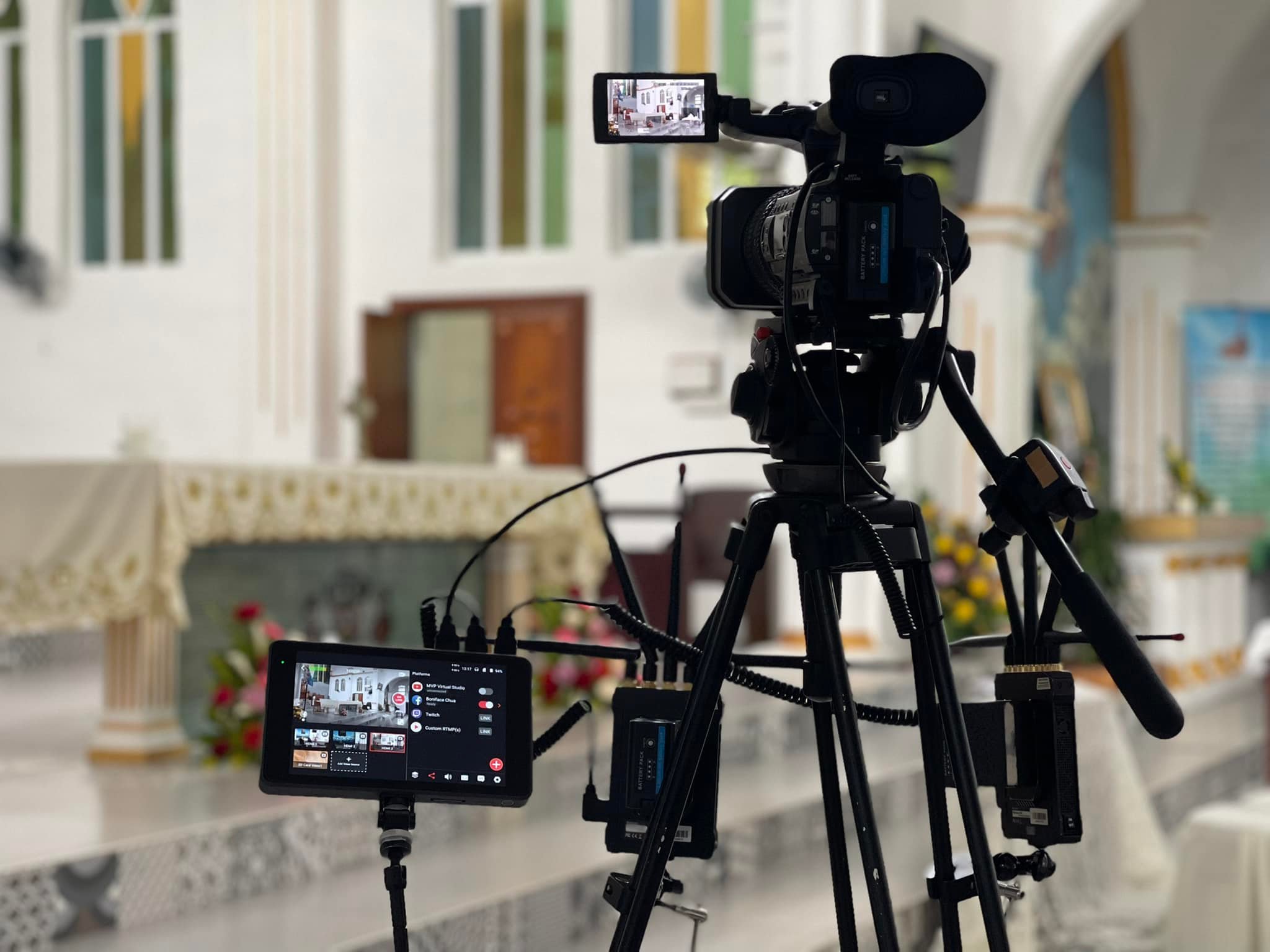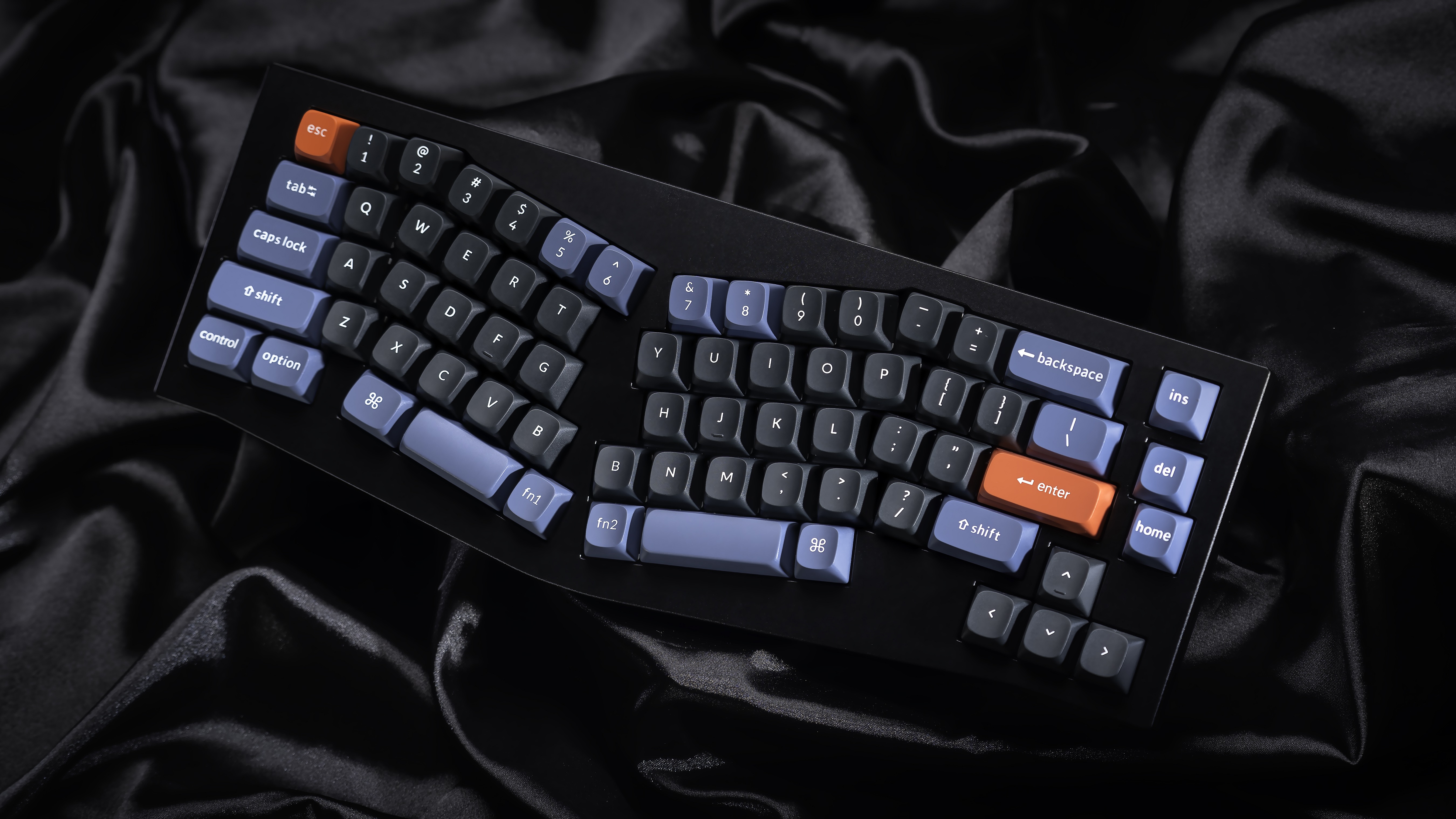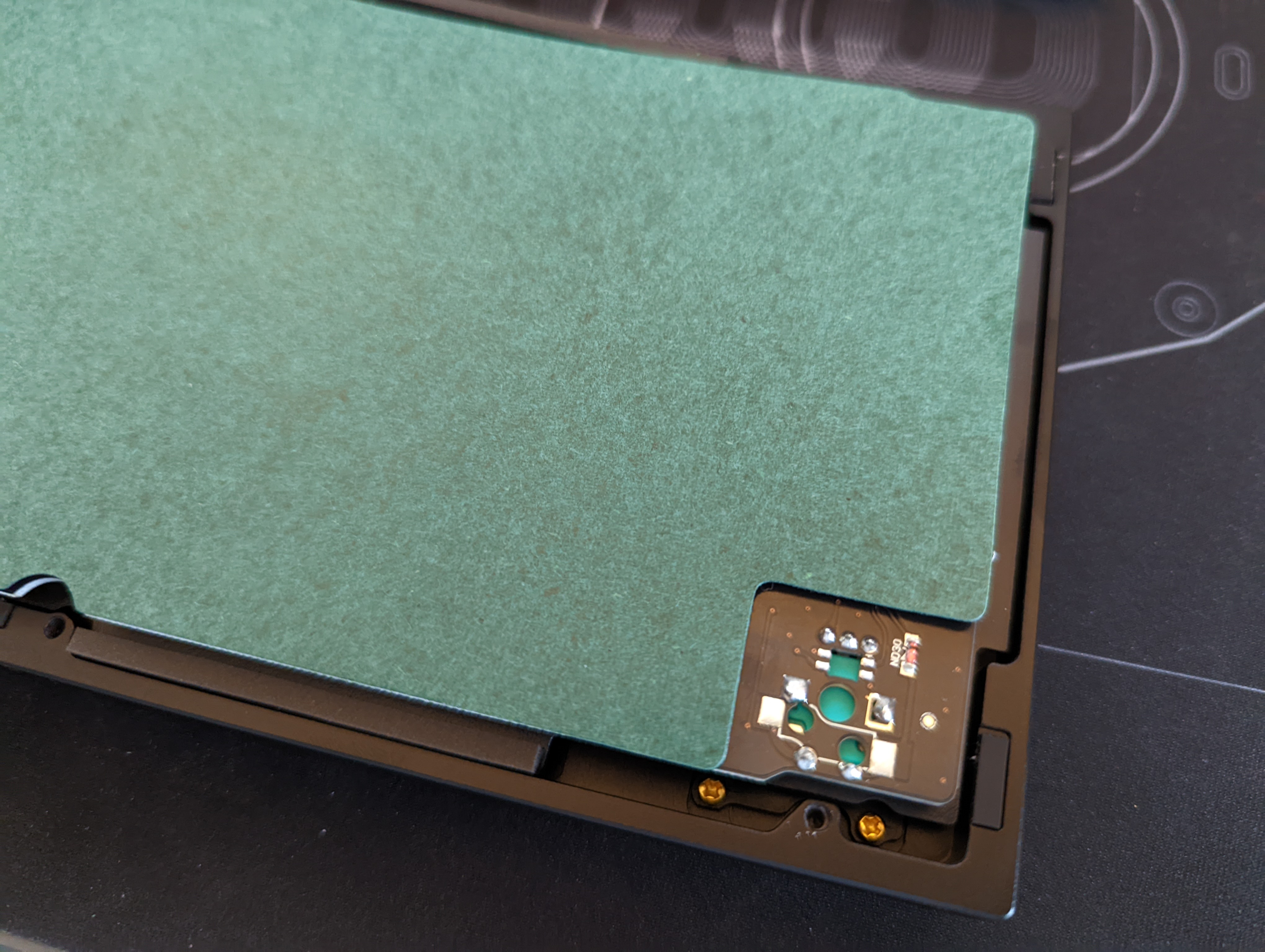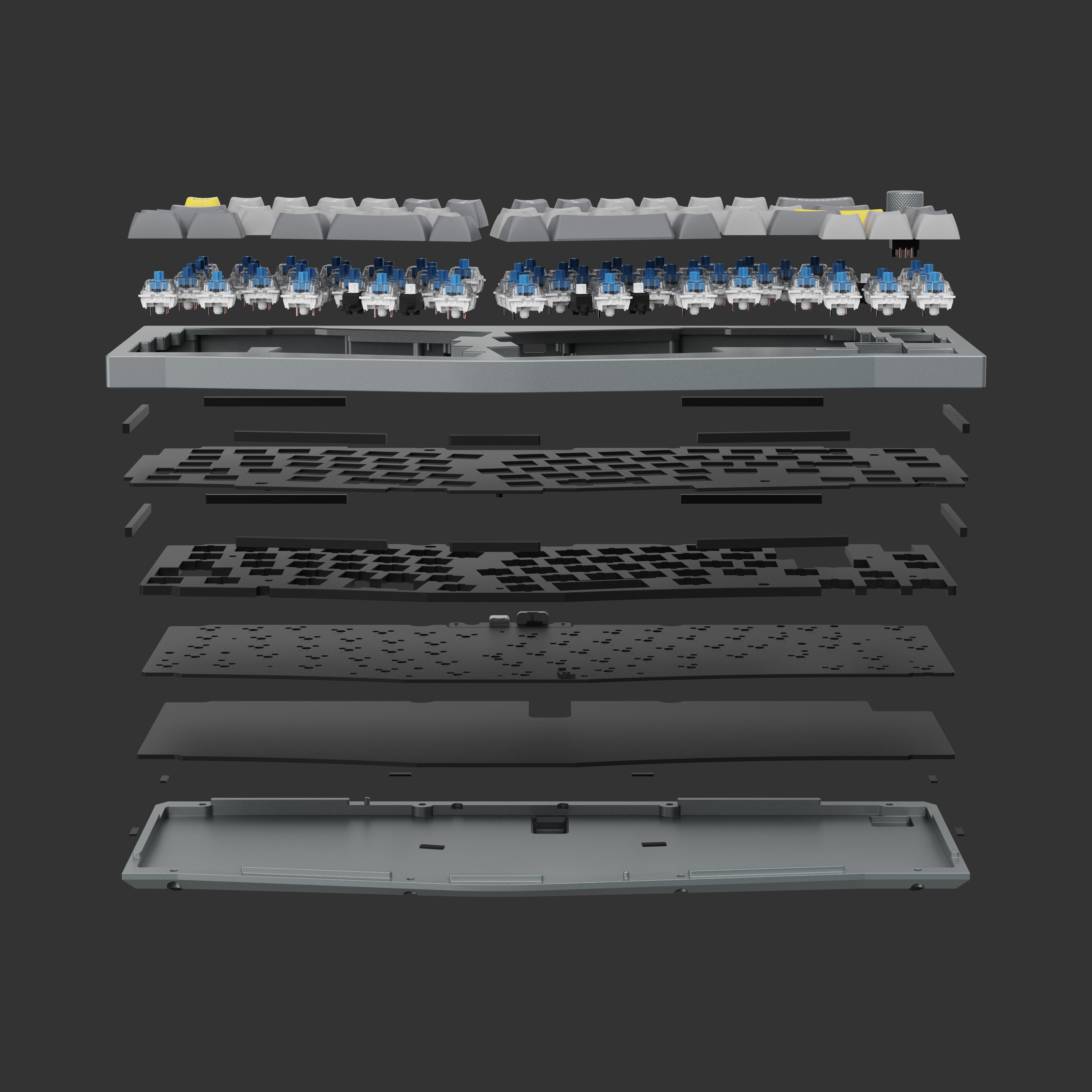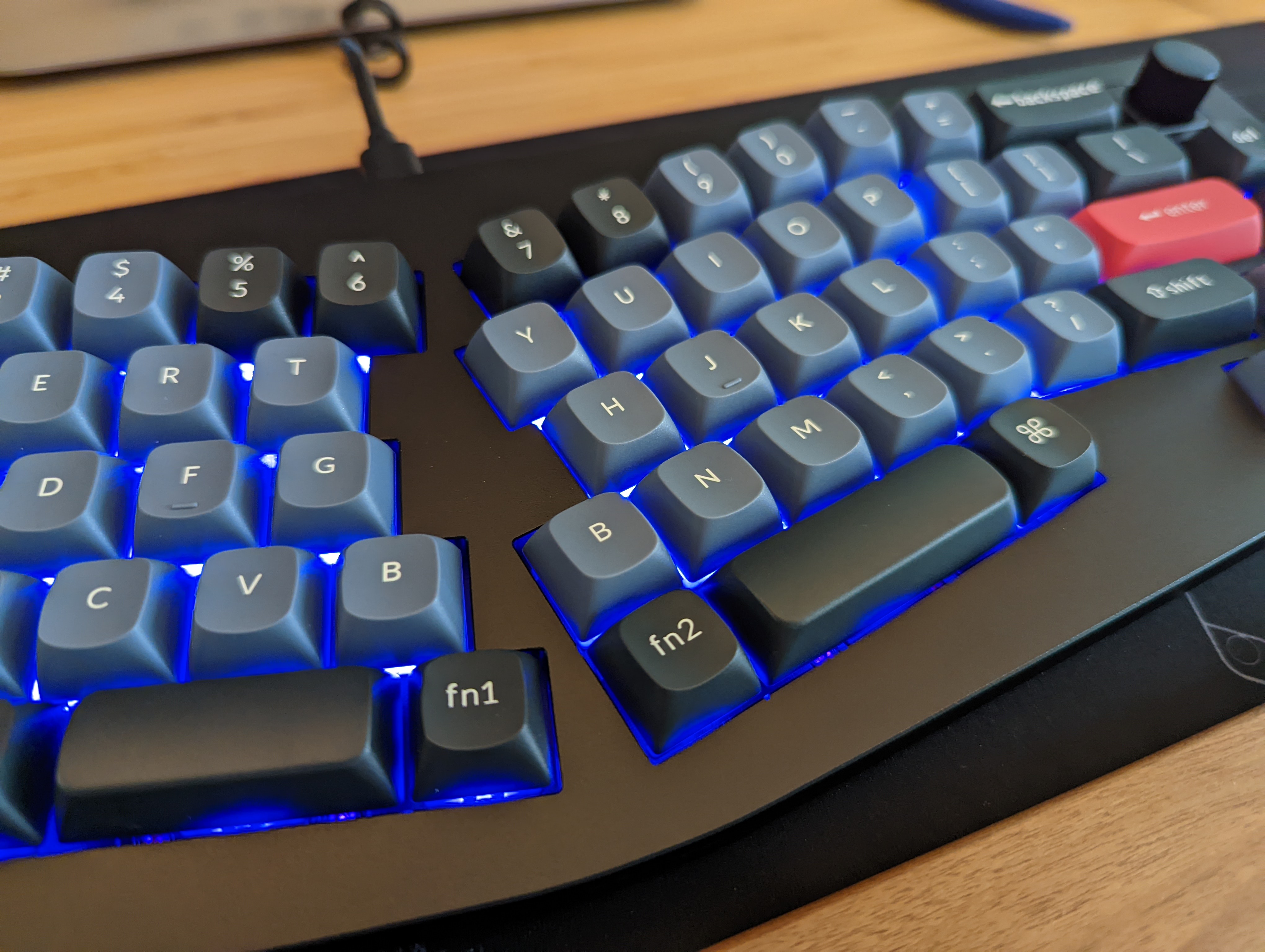Logitech is unveiling a brand new device today that is both intriguing and easy to understand. The Logitech G Cloud is a handheld console that focuses primarily on cloud gaming services, such as Xbox Cloud Gaming and Nvidia GeForce Now.
While Logitech is better known for its computer peripherals, webcams and gaming accessories, the company is entering a new market with the Logitech G Cloud.
If you look at the photo at the top of this article, you’ll think that it looks like a Nintendo Switch or a Steam Deck. That form factor has been massively successful over the past few years, and Logitech isn’t trying to reinvent the wheel. The Logitech G Cloud has a medium-sized display surrounded by gamepad-like controls.
But the device philosophy differs drastically from other handheld consoles. The Logitech G Cloud runs on Android and features deep integrations with Xbox Cloud Gaming and Nvidia GeForce Now.
Logitech has worked with Tencent to co-develop the launcher, run usability tests and optimize how you can pause games and move them to the background. But it remains a true Android device with Google Play.
In other words, gamers now have a third type of handheld console. With the Nintendo Switch, you get the Nintendo experience with great first-party games and a console that just works. With the Steam Deck, you get a portable PC that can run PC games.
The Logitech G Cloud is unlike the Switch and the Steam Deck. It lets you access your favorite cloud gaming service without having to rely on a TV or a computer. Steam Deck owners might think that they can already do that. That’s true, but the Steam Deck is designed to run games locally.
“They have done a phenomenal job. But it’s less about cloud gaming — it’s more about ‘how can I have a PC in my hands,’” VP and GM of Logitech Gaming Ujesh Desai told me. It has a powerful AMD processing unit, a fan and a lot of on-board storage.
The Logitech G Cloud is relatively cheaper, significantly lighter and features great battery life. When it comes to internal specs, it has just the right amount of computing power to run cloud gaming services, but nothing extra.
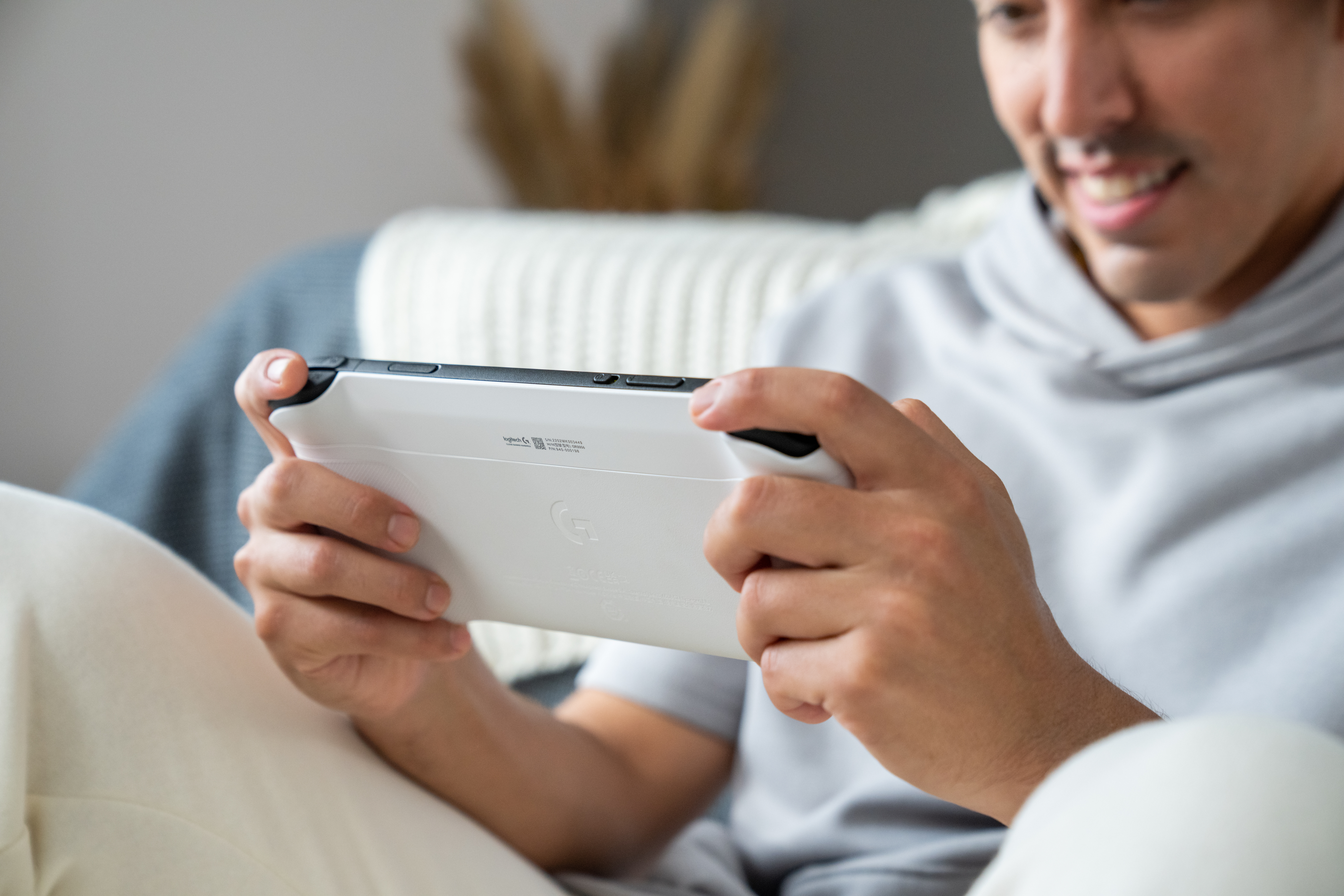
Image Credits: Logitech
The Logitech G Cloud will be available in October for an introductory price of $299. After a while, the company plans to increase the price of the device to $349. It will only be available in the U.S. and Canada at first, but there are plans to release the device in more markets where cloud gaming services are available.
Getting a Backbone gaming controller and using it with your phone is a cheaper option. But chances are your phone has a smaller display, and you may want to be able to use your phone while you play.
“I’m a fan of Backbone, I love the team there,” Logitech’s Ujesh Desai said. “But my phone is my business. It is also how I talk with my family. I have the fear of my battery draining.” Phones are also a source of distractions.
What you get for $350
Modern smartphones are much more powerful than the Logitech G Cloud as the company has opted for a mid-range Qualcomm Snapdragon 720G system on a chip with 4GB of RAM. It has 64GB of storage that you can expand with a microSD card.
And yet, with cloud gaming services, most of the intensive computing tasks happen in data centers near you. You don’t need a powerful GPU for cloud gaming.
When it comes to wireless connectivity, the G Cloud only supports WiFi 5. It would have been nice to get WiFi 6 support given that latency and internet bandwidth are so important for cloud gaming.
Everything else seems more or less standard for an Android device — Bluetooth 5.1, a USB-C port, a 3.5mm headphone jack, stereo speakers and stereo microphones.
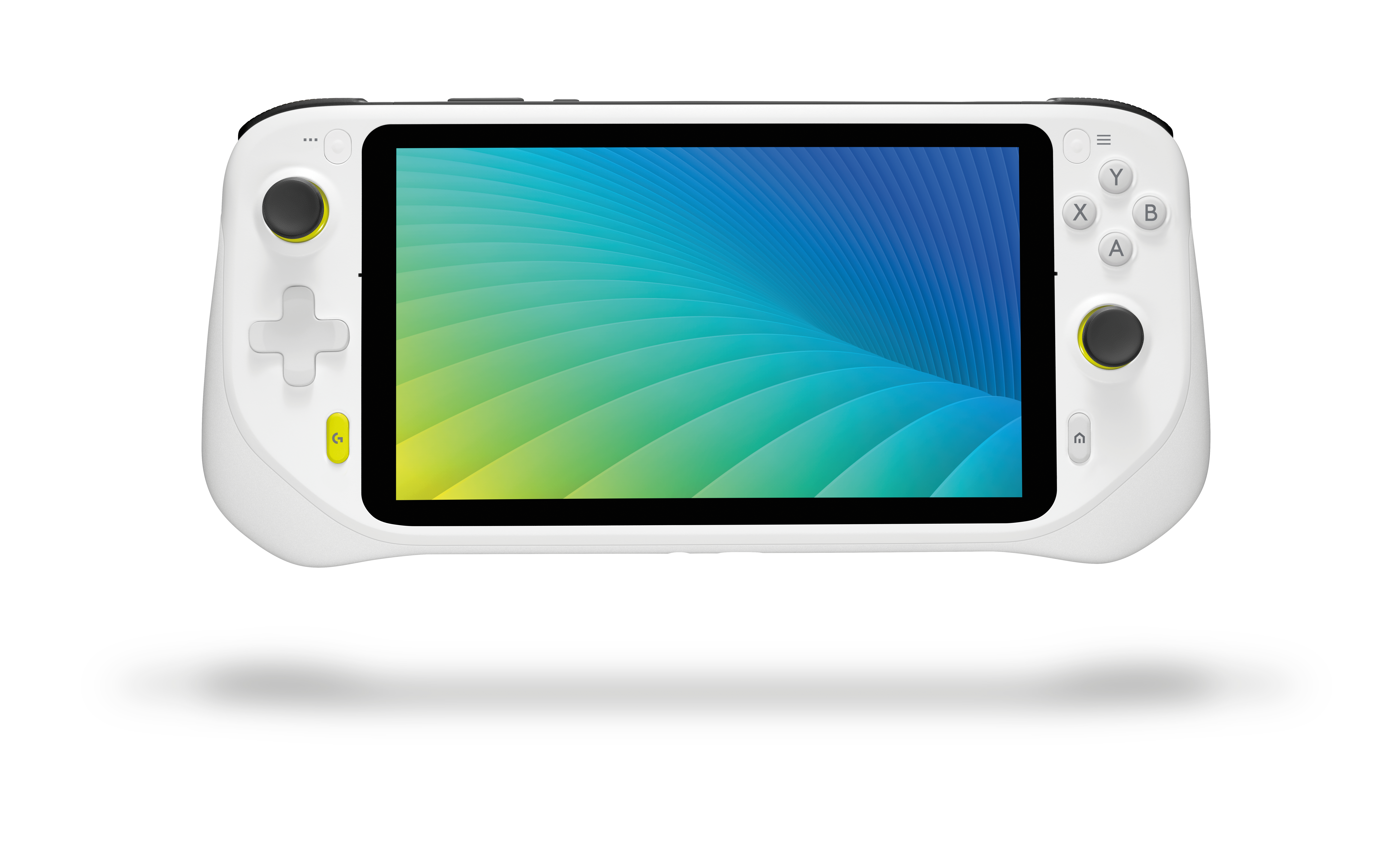
Image Credits: Logitech
Logitech has chosen the Xbox gamepad layout with A/B/X/Y buttons, two analog joysticks, two analog triggers, two bumper buttons and haptic feedback. There are a handful of extra buttons to get back home or launch the Xbox overlay menu when you’re playing a game on Xbox Cloud Gaming.
Where the Logitech G Cloud stands out is with the display and battery life. The console has a 7-inch display with a 1080p resolution, and the company says you can expect up to 12 hours of cloud game play time. Overall, the console weighs 463g — that’s roughly 30% lighter than the Steam Deck and a bit heavier than a Nintendo Switch with Joy-Con controllers attached.
In addition to cloud gaming services, gamers can use the G Cloud to stream games from their consoles or PC using the Xbox or Steam Link apps for instance. You can also install apps from the Play Store, which means that you can potentially use Shadow to access a gaming PC in the cloud.
Logitech isn’t going to sell tens of millions of G Cloud devices. It isn’t the next breakthrough console as cloud gaming is still relatively new — there aren’t tens of millions of people playing games on cloud gaming platforms.
But it’s nice to see something different that opens up new opportunities to play games. It will become more and more popular as cloud gaming services become more mainstream. If you are already familiar with cloud gaming services, the Logitech G Cloud could be considered as a physical extension of those services.
Logitech announces a handheld console focused on cloud gaming by Romain Dillet originally published on TechCrunch



